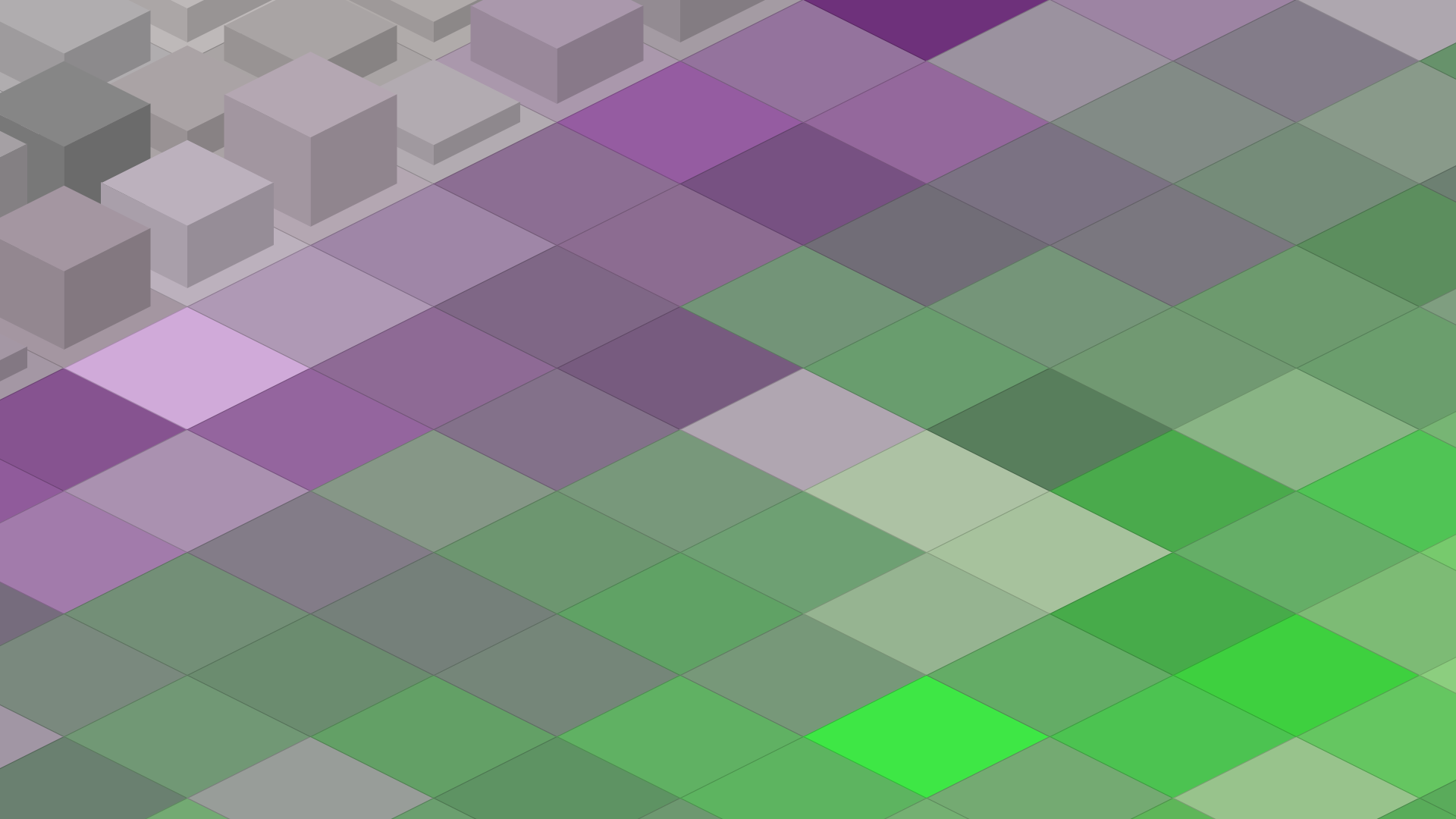
The MHAL-region is situated in the heart of the Euregio Maas-Rijn, at the foothills of the Ardennes-Eifel mountains. It cuts across the borders of The Netherlands, Belgium, and Germany, and encompasses the major cities of Maastricht, Hasselt/Genk, Heerlen, Aachen and Liège. It has a total population of around two million inhabitants, out of whom 1,2 million live in these five cities. The countryside is also fairly densely populated, with a number of average sized towns and larger villages.
The MHAL-region has a polycentric (circular) structure, where all cities have their own characteristics. The region profiles itself as a ‘Trinational Knowledge Centre” with a dozen academic and technical research and education institutions.
The common backyard for these cities is formed by the Tri-Country Park, the rural open space in the centre of the city ring. This open space, although often reduced, is an important agricultural, natural and tourist asset and the forms the basis for the regional identity.
Partners in the MHAL-region are public authorities who have collaborated since the 1980s in the Euregio Meuse-Rhine. They are: Province of Limburg (NL), the Flemish and the Walloon Regional Governments (B), the Provinces of Liège and Limburg (B), The German speaking Community (B), Stadt (City) and Kreis (District) of Aachen (D), and the Bezirksregierung (Regional Government) of Cologne (D).

Each partner has its own planning structure and documents, subject to national and regional rules and legislation. The Development Perspective of the MHAL region (1993) and the Three Countries Park (formulated in 2003) are based upon common interests in the preservation of the economic, natural and cultural assets of the region. Partners will try to defend and apply these interests in their own policy environment and develop joint cross-border projects to implement these policy guidelines.
Agricultural enterprises in the region aim to diversify their income from mainly agricultural production to tourist services (camping at the farm site, horseback riding), sales and processing of regional products (fruits, wine, cheese, ice cream, special meat breeds), health care and social welfare functions (psychotherapy, day care for children and elderly people). Traditional agricultural farm buildings are often reused for new enterprises and recreational functions.
Agricultural projects in the MHAL-region focus on innovative combinations of cropping and landscape management. Examples are: restoration and preservation of typical landscape elements (farm buildings, monuments, fruit tree orchards), the rehabilitation of nature parks and ecological zones, and the exchange of information on landscape and environment between various interest groups in the city and the countryside. Nature and landscape maintenance can be carried out both by public or non-governmental organizations and by individual farmers or farmers' groups against fixed government subsidies.
General data:
| Country: | The Netherlands |
| Total area: | 1.015.000 |
| Population: | 4.216.000 |
| Density: | 415 hab/km2 |
| Agriculture land use: | 54 % |
| Arable land: | 58 % |
| Main economic activities: | Tourism, Chemical Industry, High Tech Industry, Commercial Services |
| Main agricultural products: | Milk; Fresh fruit; Cereal; Potatoes; Vegetables |
Last updated: 5 May, 2020

MHAL

Land use map - peri-urban MHAL
Represented by the Province of Limburg
Mr Theo J.F.M. BOVENS
Governor of the Province of Limburg (NL)
Members of PURPLE Working Group
Björn Koopmans, Coordinator
Stichting Euregio Meuse-Rhine
Gospertstraße 42 | B 4700 Eupen
Tel. 0032 (0) 87 78 96 30
Annemiek Canjels
Aad Blokland
Postbus 5700, 6202 MA Maastricht,
Netherlands
Tel: 0031-43-3897493
